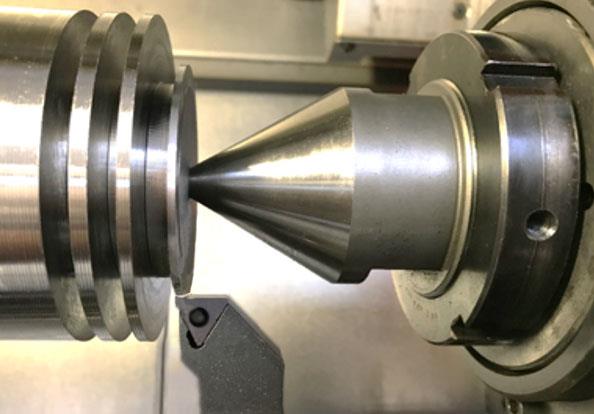
Thin hard layers deposited on cutting tools known as ‚coatings‘ serve as a protective barrier against abrasion and adhesion wear, while also protecting against thermal and chemical processes that deteriorate the cutting performance of the tool. Coating properties including non-zero thickness, surface roughness, and chemical composition affect the cutting process significantly when compared to uncoated tools. The mechanical properties of coatings can be compared using specific, standardized measurement methods that provide indirect information about the behavior of the coating in a given application of the machining. In practice, it is necessary to evaluate the cutting ability by experimental testing of a given combination of cutting tool, workpiece, cutting conditions and cutting environment. This article discusses various experimental procedures that help to recognize the suitability of a coating for a particular application. These procedures can be applied alone, or in combination, as required by the cutting process. Each of these procedures have associated advantages and disadvantages, as described in this paper.